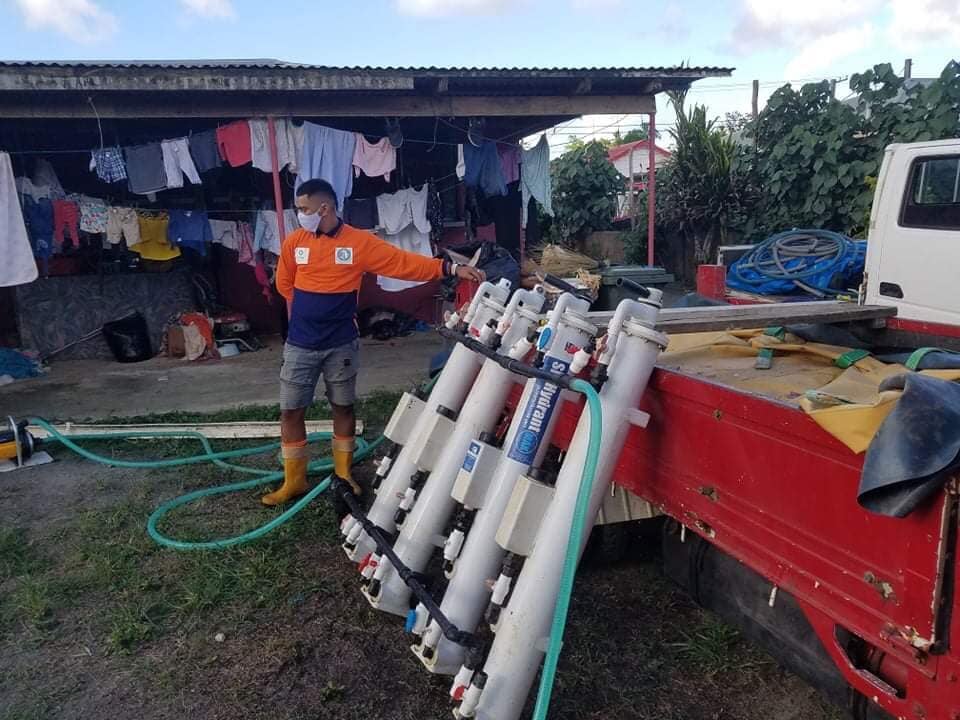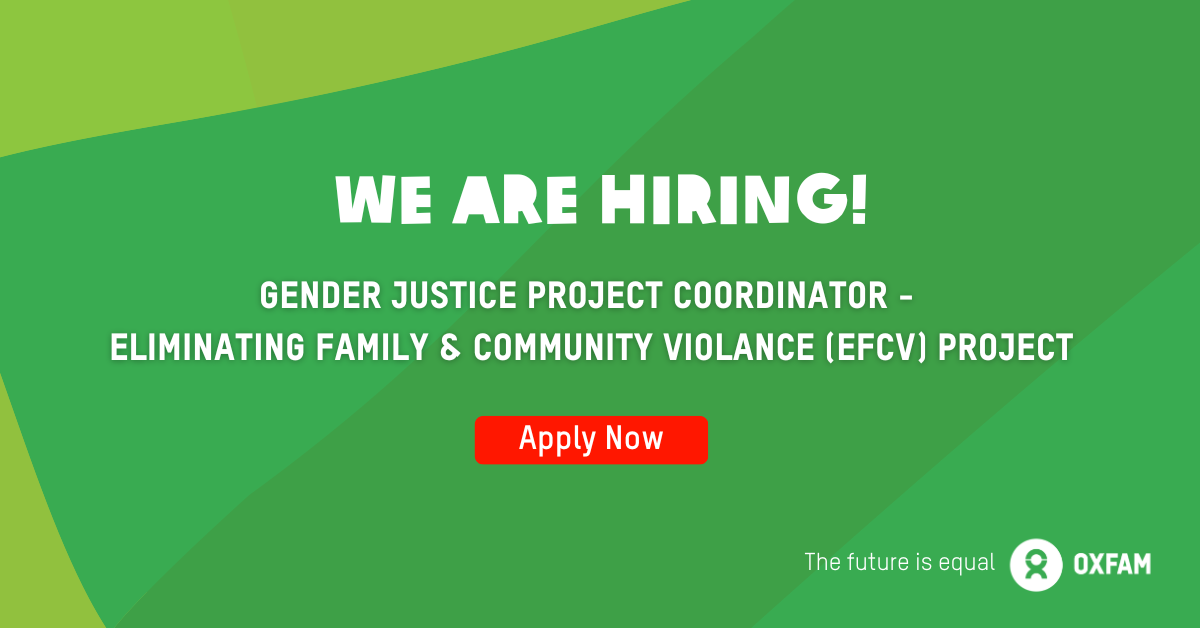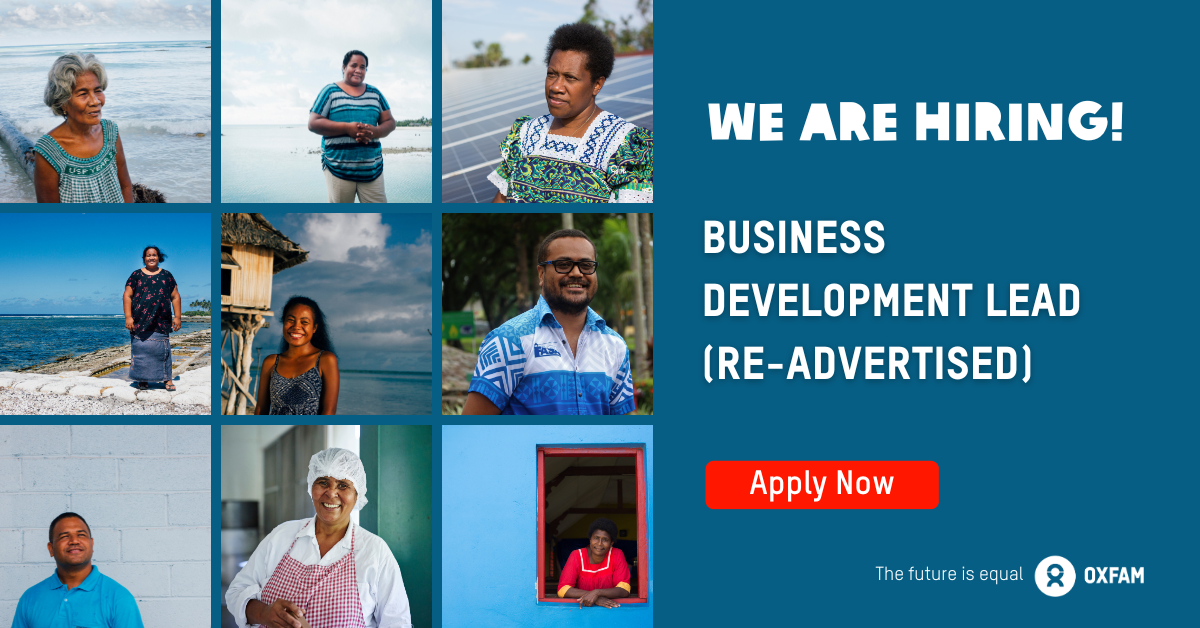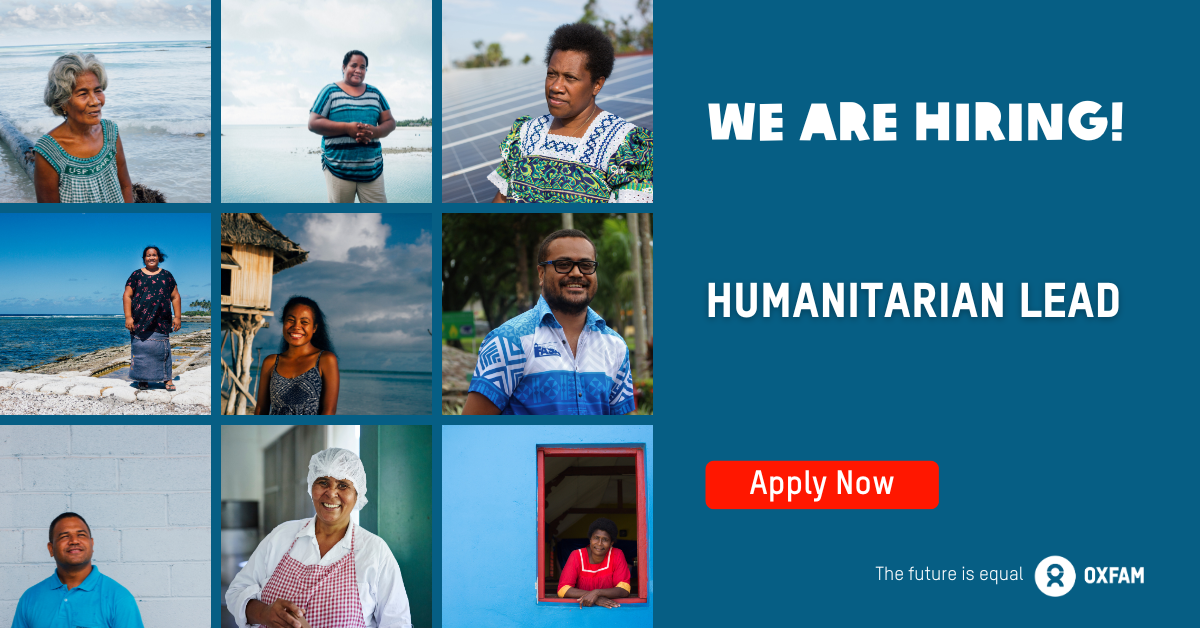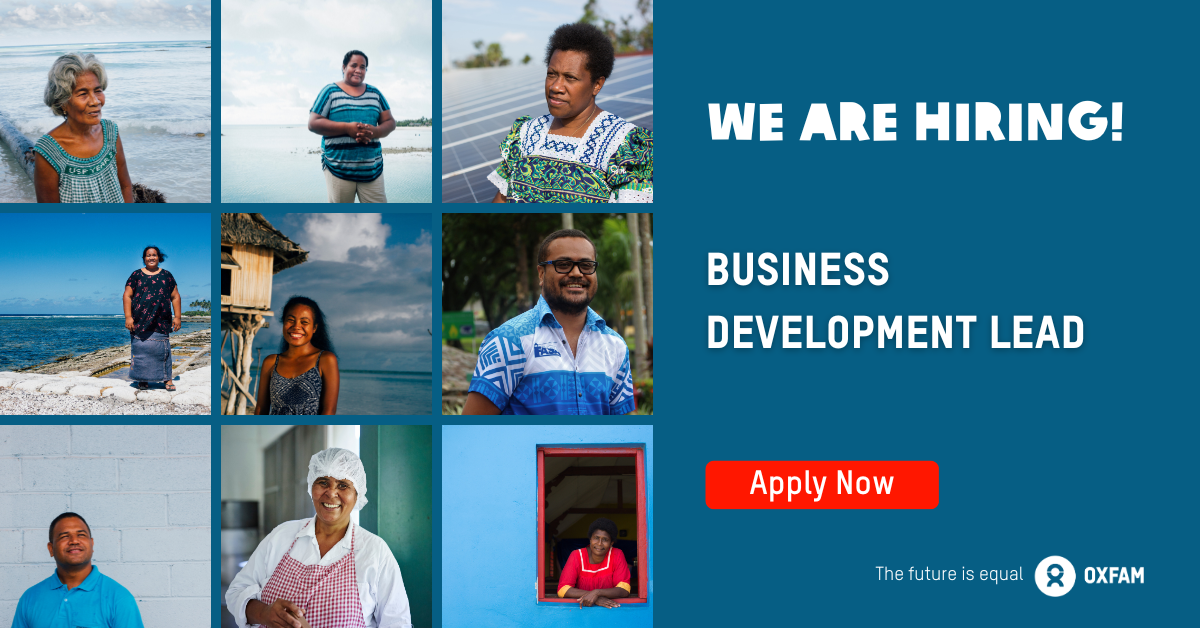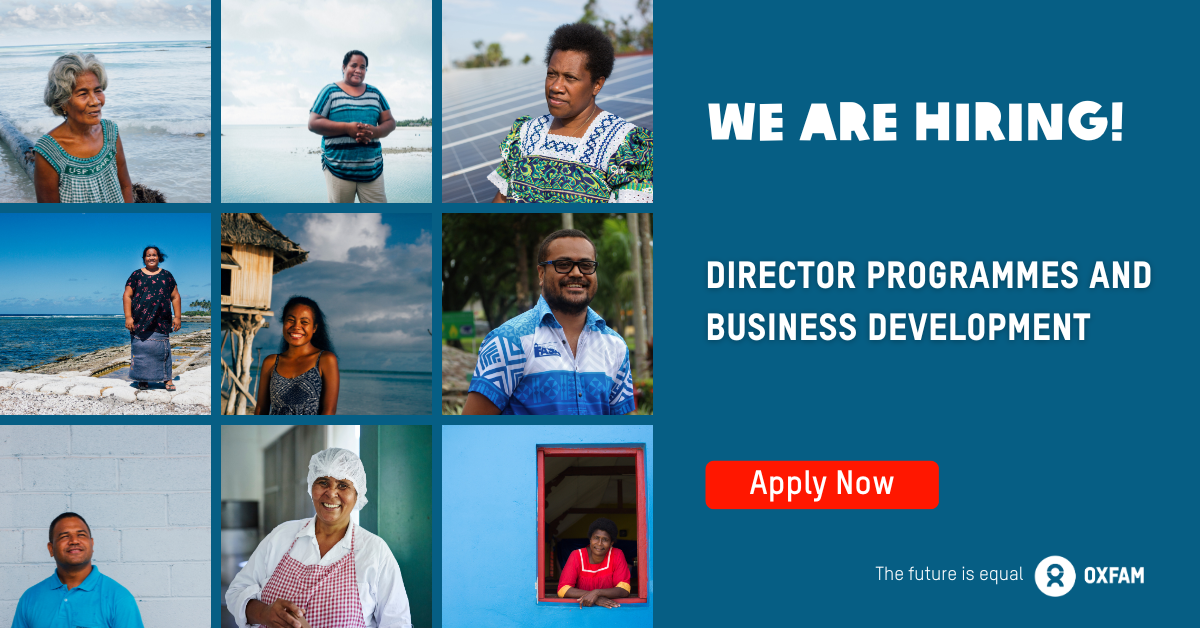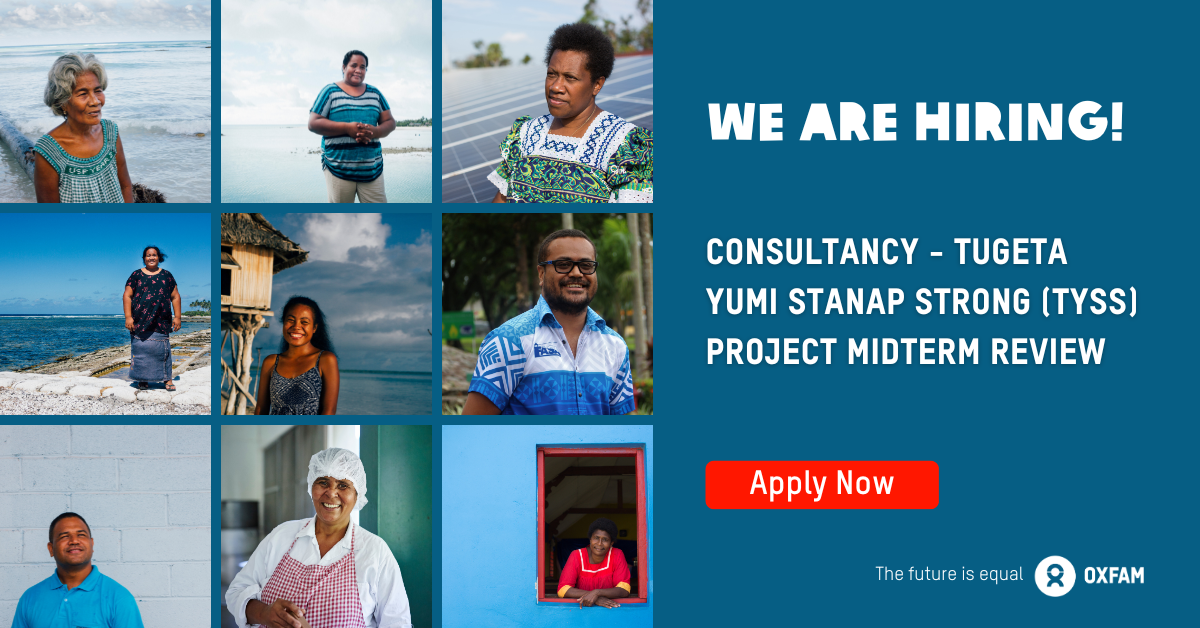Oxfam in the Pacific reflects on its humanitarian response in Tonga
On January the 15th, 2022, a massive eruption of the Hunga Tonga Hunga Ha’apai underwater volcano generated a tsunami that battered the Kingdom of Tonga, and ashfall that contaminated water sources and damaged vital sectors like agriculture and fisheries which employ close to 90% of the population. In fact, according to the Tongan government, the disaster affected 85% of the population, killing three and causing numerous other injuries.
Immediately after the eruption and ensuing tsunami, NGOs, charities, development actors, civil society and governments across the Pacific and indeed the world, mobilised to provide support. But only two years after a global pandemic that had particularly devastating effects on the economies and institutions of Pacific Small Island Developing States, many governments – including the Tongan government, had imposed strict border controls and even closures; necessary measures to protect their populations.
Compounding this challenge was the fact that as a result of the eruption, the undersea internet cables from Fiji to Tonga were severed causing major communications disruptions all over Tonga.
In previous disasters, Oxfam in the Pacific (OiP) would have deployed humanitarian assistance that was both Oxfam-led and Oxfam-defined, with Oxfam country teams ‘flying in’ to the site of the disaster and providing assistance with 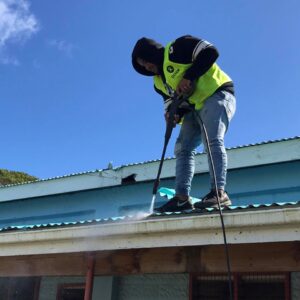 their famous green vests donned on. At the time of the disaster, however, OiP had reconfigured itself into a new regional structure and new ways of working.
their famous green vests donned on. At the time of the disaster, however, OiP had reconfigured itself into a new regional structure and new ways of working.
The new model of Oxfam in the Pacific was one that moved away from country-centred approaches to a “Regional Thematic Cluster Model”. Among other things, this model led to a re-envisioning and re-defining of its humanitarian strategy – the result of which was a humanitarian approach that was partner-led and partner-defined. In this new approach, the famous green vests were replaced with local humanitarian partners with years of experience and importantly, immense local knowledge.
It was this model that was deployed in Tonga, and it was a perfect fit for the context of this disaster. Where before, the moving of Oxfam humanitarian teams into the country would have been a logistical nightmare with the pandemic and the strict border controls, today, Oxfam’s partners in Tonga – the Tonga National Youth Congress (TNYC) and the Civil Society Forum of Tonga (CSFT) were, of course, already in Tonga and able to mobilise immediately while Oxfam in the Pacific provided technical and financial support remotely. Their incredible local knowledge and capacity also meant that they were able to respond effectively despite the challenges posed by the communications disruptions.
The response in Tonga was proof that Oxfam in the Pacific’s new humanitarian strategy was exactly what was needed by affected communities – and, it was a model that worked. Significantly, it also challenged the idea that local partners do not have the capacity or knowledge to directly respond, proving that when power is shifted to and vested in them – humanitarian aid can work much better, and that making space for partners to lead builds resilience within communities.
This article was written for World Humanitarian Day which is celebrated annually on the 19th of August. This year’s theme is “It Takes a Village”, a theme that amplifies the hundreds of thousands of volunteers, professionals and crisis-affected people who deliver urgent health care, shelter, food, protection, water and much more.

